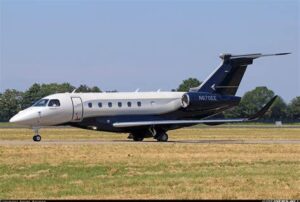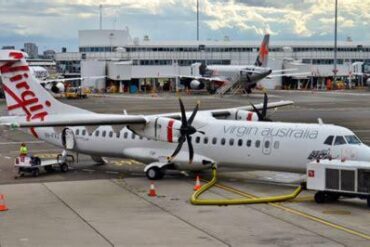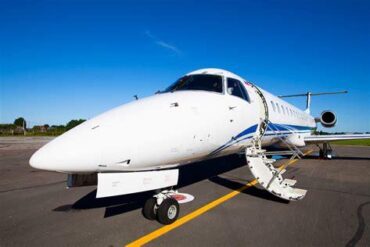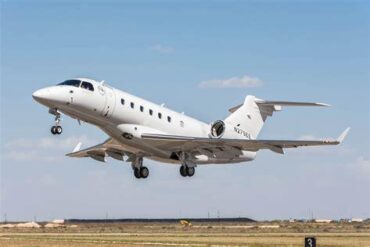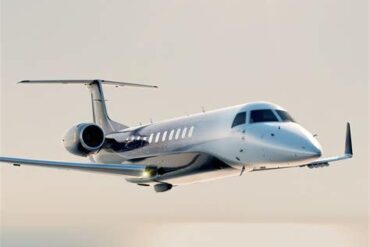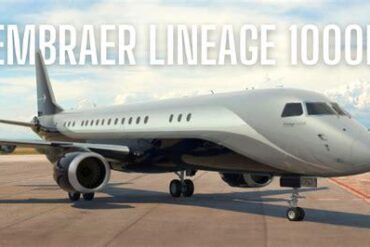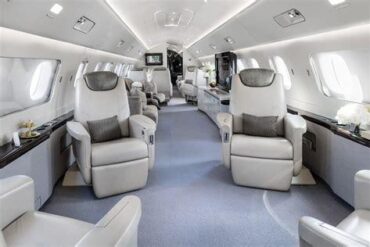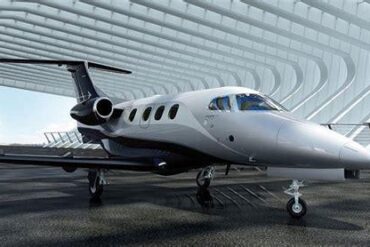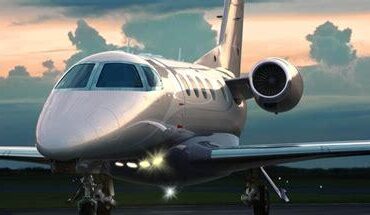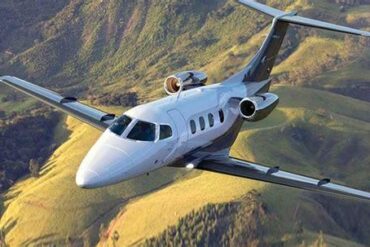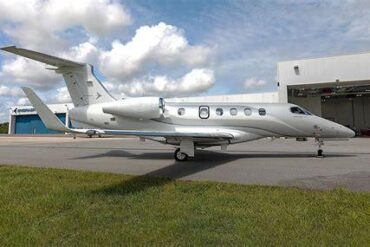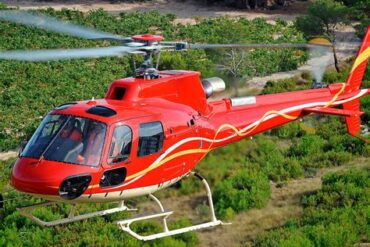The Embraer Praetor 600 stands out as a pinnacle of modern aviation, combining luxury, performance, and efficiency in a way that captivates both seasoned pilots and discerning travelers. In this article, we delve deep into the price and operating costs associated with the Praetor 600, providing potential buyers and operators with an extensive overview.
Overview of the Embraer Praetor 600
The Praetor 600 is an advanced super-midsize jet developed by Embraer, a leader in the aviation industry known for its innovative designs and commitment to quality. With a range of 4,000 nautical miles, the Praetor 600 is designed to connect major cities across the globe without the need for refueling. It comfortably seats up to 12 passengers and features state-of-the-art avionics, making it a favorite among corporate and private flyers alike.
Key Specifications
-
Max Range: 4,000 nautical miles
-
Cruising Speed: 466 knots (Mach 0.83)
-
Passenger Capacity: Up to 12
-
Cabin Height: 6 feet
-
Cabin Width: 6.10 feet
These specifications highlight the aircraft’s ability to offer unmatched comfort and performance, essential for long-distance travel.
Price of the Embraer Praetor 600
When considering the purchase of an Embraer Praetor 600, the initial investment is a crucial factor. As of the latest market evaluations, the base price for a new Praetor 600 is approximately $17 million. However, several factors can influence the final purchase price, including optional upgrades, custom interiors, and additional avionics.
Factors Influencing Price
-
Customization Options: Owners can personalize their jets with bespoke cabin designs, premium materials, and state-of-the-art technology, significantly impacting the overall price.
-
Market Conditions: Fluctuations in demand for business jets can also affect pricing. Economic factors, such as the health of the global economy and interest rates, play a role in determining market value.
-
Delivery Times: New jets may have varying delivery schedules based on production timelines, which can influence pricing as well.
For prospective buyers, understanding these elements is essential for making an informed purchasing decision.
Operating Costs of the Embraer Praetor 600
Beyond the initial purchase price, it is vital to consider the operating costs associated with owning and maintaining the Praetor 600. These costs encompass various factors, including fuel, maintenance, crew salaries, insurance, and hangar fees.
Breakdown of Operating Costs
-
Fuel Costs: The Praetor 600 has a maximum fuel capacity of 14,800 pounds. At a typical fuel price of $5 per gallon, flying at a cruise speed of 466 knots, the fuel burn is approximately 180 gallons per hour. This equates to around $900 in fuel costs for each hour of flight time.
-
Maintenance Costs: Regular maintenance is essential for any aircraft. The annual maintenance costs for the Praetor 600 are estimated to be around $300,000. This figure includes routine inspections, parts replacement, and labor costs.
-
Crew Salaries: Employing a qualified flight crew is crucial for safe operation. Typical annual salaries for a two-pilot crew can range from $150,000 to $250,000, depending on experience and location.
-
Insurance: Insurance costs for the Praetor 600 can vary widely based on usage, but owners should budget approximately $25,000 to $50,000 annually.
-
Hangar Fees: Storing the aircraft at a facility can incur additional costs. Hangar fees can range from $20,000 to $50,000 per year, depending on the location and the services provided by the facility.
Total Estimated Operating Costs
When factoring in these components, the estimated annual operating cost for the Embraer Praetor 600 can range from $1.2 million to $1.8 million, based on an average flight time of 200 hours per year. This estimate provides potential owners with a clear picture of the financial commitment involved in operating this luxurious jet.
Comparative Analysis with Competitors
To fully appreciate the value of the Embraer Praetor 600, it’s important to compare it with competitors in the super-midsize jet category. Notable rivals include the Gulfstream G280 and the Bombardier Challenger 350.
Gulfstream G280
-
Price: Approximately $24 million
-
Range: 3,600 nautical miles
-
Operational Costs: Estimated at $1.5 million annually
Bombardier Challenger 350
-
Price: Around $26 million
-
Range: 3,200 nautical miles
-
Operational Costs: Estimated at $1.4 million annually
In comparison, the Praetor 600 offers superior range and lower operating costs, making it a compelling choice for those in the market for a super-midsize jet.
Resale Value Considerations
Understanding the resale value of the Embraer Praetor 600 is vital for prospective buyers, as it impacts the total cost of ownership. Generally, business jets depreciate between 10% to 15% in the first year, with a more stable depreciation rate of 5% in subsequent years. Given the Praetor 600’s popularity and performance, it is likely to retain its value better than many competitors.
Factors Affecting Resale Value
-
Condition of the Aircraft: Well-maintained aircraft with comprehensive logs and documentation command higher resale prices.
-
Market Demand: The demand for specific aircraft models fluctuates, impacting resale values significantly.
-
Upgrades and Modifications: Customizations can either enhance or detract from resale value, depending on buyer preferences.
Conclusion
The Embraer Praetor 600 represents a remarkable blend of luxury, performance, and efficiency in the super-midsize jet segment. With a base price of approximately $17 million and estimated annual operating costs ranging from $1.2 million to $1.8 million, it offers excellent value compared to its competitors.
Investing in the Praetor 600 not only ensures access to cutting-edge aviation technology but also promises a comfortable and efficient flying experience. For those considering a purchase, understanding the intricacies of price and operating costs will be essential in making a sound investment in their aviation future.
